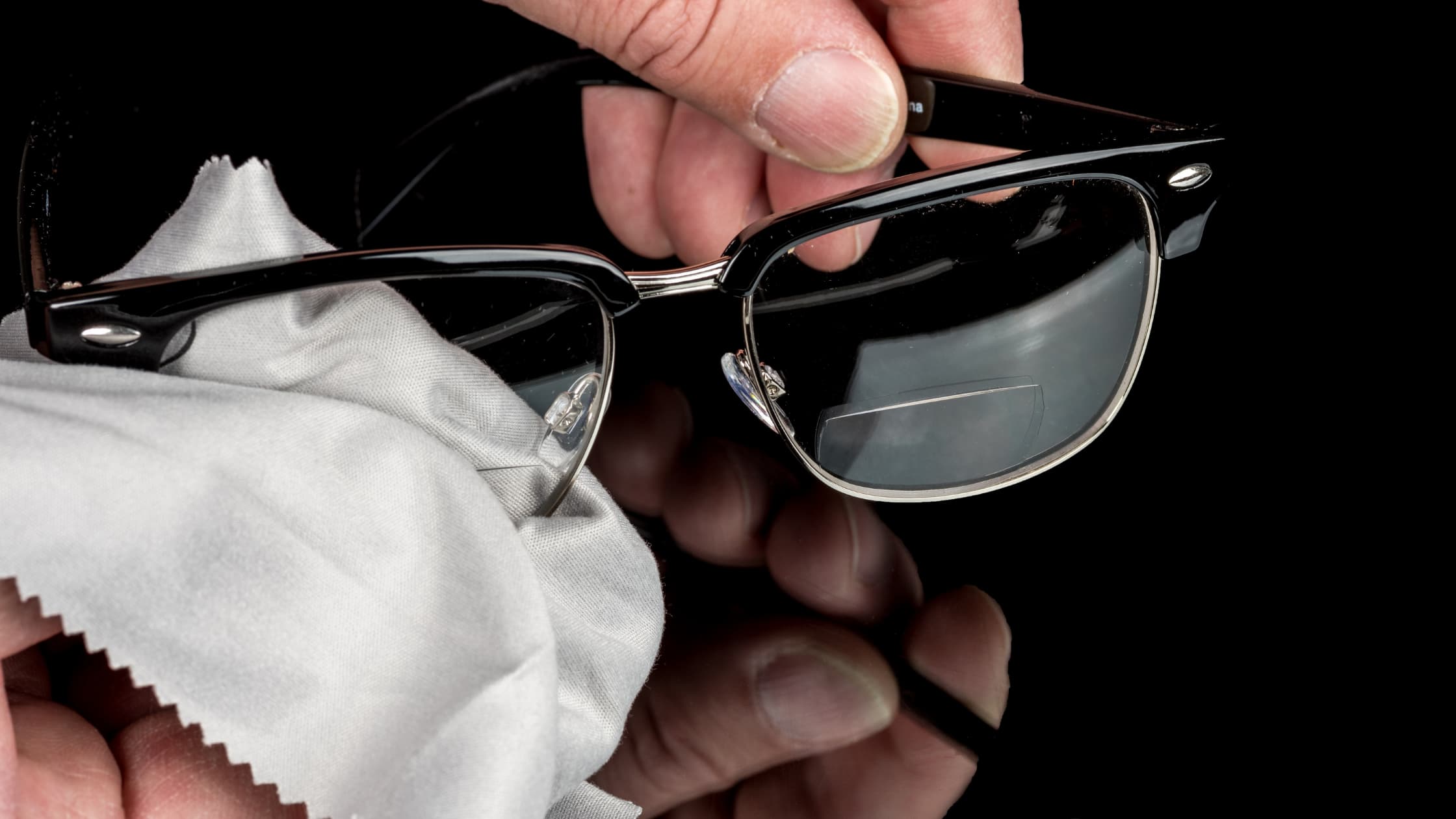Bi – in the dictionary means “twice” or “two”. It is used in the formation of compound words like biannual and bilingual. So, to have bifocal lens is to have two prescriptions in one lens, nearly always long-distance middle to top of the lens and close up, for reading for example, at the bottom.
Thought to have originated way back in the 1700s, the bifocal has been a staple in optometry for a long time and benefitted many patients. In the modern age, however, there are so many lens variations that it can often be confusing as to which type you should have for your prescription and your preference.
In this blog post, we will discuss bifocal lenses and how they function.
What are bifocal lenses?
Bifocal eyeglass lenses contain two lens powers to help you see objects at all distances after you lose the ability to naturally change the focus of your eyes. This is due to age, also known as presbyopia. Due to this specific function, bifocal lenses are most commonly prescribed to people over the age of 40. To help compensate for the natural degradation of vision due to the ageing process.

Regardless of the reason you need a prescription for near vision correction, bifocals all work in the same way. A small portion in the lower part of the lens contains the power required to correct your near vision. The rest of the lens usually is for your distance vision. The lens segment devoted to near vision correction can be one of the several shapes.
Types of Bifocal
A. A half-moon — also called a flat-top, straight-top or D segment
B. A round segment
C. Executive bifocal lens (also called the Franklin bifocal)
A. Flat-top or D Segment Bifocal lenses

The most popular and widely used style of Bifocal. These are instantly recognisable by their horizontal D shape in the bottom section of the lens closest to the nose. It is the most commonly used because it is easy to adapt to. It comes with the natural positioning of the close-up section of the lens most natural for the wearer.
B. Round Bifocal lenses

The same style of the lens with the close-up range centred close to the nose of the wearer, a round shape in place of the horizontal D shape. The round shape for some wearers makes reading easier. While for others, the reduced width of near vision at the top of the close-up section of the lens can make reading more difficult.
C. Executive bifocal lens

This style of bifocal is a near 50/50 split between close and distance viewing, with a visible seam directly across the middle of the lens. Again, personal preference should be taken into account here. One of the less popular options of the lens, the whole of the bottom section is dedicated to close up work so predominantly reading. If you are a prolific reader, then this may well be a good option for you.
Why you need a bifocal lens?
Sometime after age 40, you will begin to notice the symptoms of presbyopia, including that feeling that your arms “aren’t long enough” to hold a newspaper or magazine at a position where you can read it clearly. If you already wear prescription eyeglasses, this generally means you will need to begin wearing multifocal lenses to continue to see clearly at all distances.
While most presbyopes these days choose line-free progressive lenses, conventional bifocals and trifocals have some advantages over progressives. In particular, bifocal and trifocal lenses usually provide wider lens areas for reading and computer work than progressive lenses. Also, there are many special-purpose bifocal and trifocal lens designs available, including special glasses for computers and for other tasks that require excellent intermediate and near vision.
Multifocal eyeglass lenses contain two or more lens powers to help you see objects at all distances after you lose the ability to naturally change the focus of your eyes due to age (presbyopia).
What are trifocal glasses?
Like bifocal glasses, trifocal glasses lenses have visible lines separating prescription powers; however, they also have a third middle section for an ‘intermediate’ power. This allows users to view long distance, up close and at arm’s length.
How do you choose?
There are lenses that can be split across two prescriptions at any part of the lens, which can cater to different job types or hobbies. There are variations on the shape of the D, curve top and Double D. Bifocals can also be coated and manufactured for transition should you wish. There are many fantastic options open to you, but we do appreciate this can raise a lot of questions as to how and what to choose.
Call us on 0161 665 3673 to book an appointment with us now! Follow us on Facebook and Instagram @chaddertonopticians for the latest eye health news.



[…] use over the counter computer glasses as reading glasses. Looking at reading glasses like the Bifocal or Multifocal lenses can be used to read objects, whether far or close, whether on a paper or […]